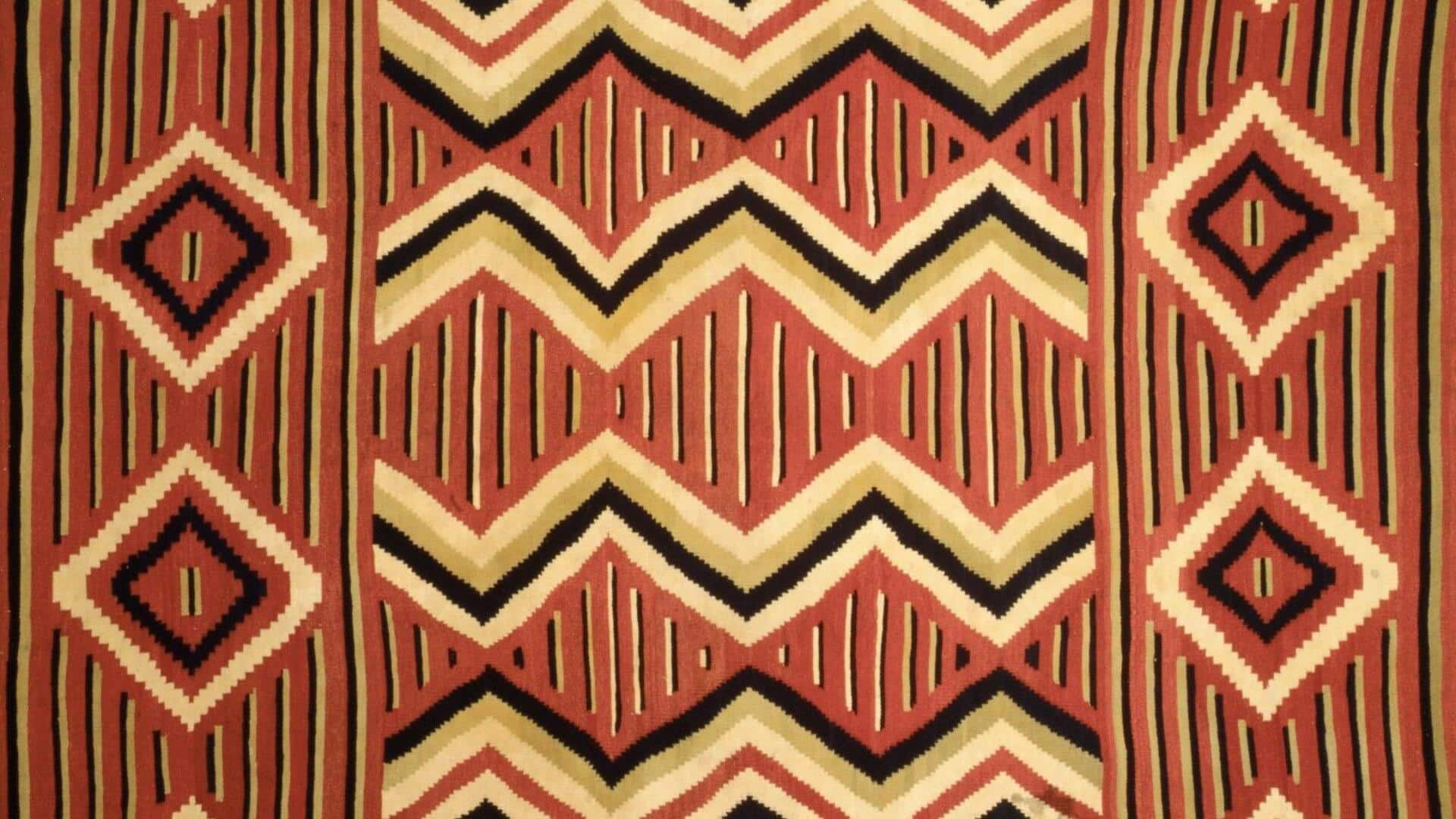The art of Navajo weaving is a rich tapestry, interwoven with the culture and history of Native American life. This article explores the deep tradition of Navajo textiles, examining their origins, significance, and the legacy that continues today. It invites readers to uncover the story embedded in each piece, highlighting how these textiles serve as a narrative of Navajo identity and resilience.
The roots of Navajo weaving Navajo weaving originated in the early 18th century, marking a significant cultural exchange when the Navajo encountered Pueblo Indians. The Pueblo people introduced their weaving techniques to the Navajo, who adeptly incorporated these methods with their unique cultural aesthetics and narratives. The primary material for their creations became sheep's wool, enabling them to craft textiles that were not only distinct but also remarkably durable.

Symbols in every stitch Navajo weaving holds deep spiritual significance, with each pattern and color serving more than an aesthetic purpose. These elements are rich in meaning, narrating ancient myths, indicating social status, or symbolizing natural elements such as water and mountains. Consequently, every rug is a unique piece of art, telling a distinct story that contributes to its profound significance.
Preserving tradition through practice To preserve this rich heritage, it's vital to support genuine Navajo artisans by buying directly from them or through verified outlets. Understanding the symbolism in the p.
















